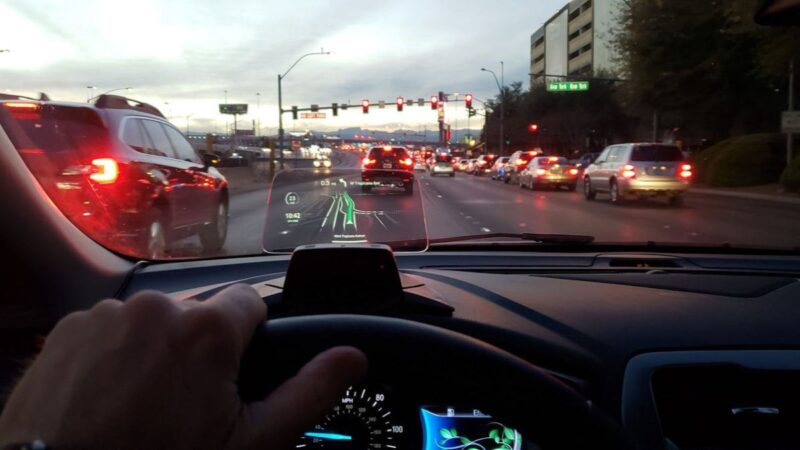We should be grateful because the cars we can buy today come with various advanced technologies. Most of these technologies are designed to facilitate driving and improve safety.
However, did you know that many of the technologies present in today’s cars actually come from the aviation and aerospace world? We will share the top five main technologies.
1. Anti-lock braking system (ABS)
The anti-lock braking system or commonly known as ABS was first used in the aviation industry since the 1950s. Aircraft at that time were equipped with anti-lock brakes called Decelostat to enhance stability during landing on slippery and rough surfaces.
Some of the early aircraft equipped with anti-lock brakes were the Avro Vulcan, de Havilland Comet 2c, Hawker Siddeley Trident, and Dutch Fokker F27.
ABS began to appear in luxury cars in the 1980s. Now, ABS brakes have become a mandatory and essential feature for modern cars.
2. Head-Up Display (HUD)
The Head-Up Display (HUD) is a clear display in the aircraft cockpit positioned at the pilot’s line of sight in the front mirror. It displays important flight information such as airspeed, altitude, horizon line, and other indicators. Pilots can access this information without diverting their gaze from the front mirror, thereby enhancing flight safety.
Today, HUD has emerged in the automotive world, displaying information such as speed, speed limits, music, and even navigation directions. Its purpose remains the same, to prevent drivers from shifting their attention away from the front. However, HUD is still considered a premium feature for cars.
3. Autopilot
As the name suggests, autopilot is a feature where the aircraft can fly itself steadily. However, it is not engaged throughout the flight. Autopilot is usually activated when the aircraft is at a steady altitude, constant speed, and fixed direction. This can reduce the pilot’s workload for long-haul flights, which would otherwise be exhausting for the pilot to control manually throughout the journey.
The first aircraft equipped with autopilot was the Sperry Corporation in 1912. Autopilot was mechanically linked to the aircraft’s control system. Today, in the aviation world, the autopilot feature is highly advanced with various automatic and electronic controls.
In the automotive world, autopilot uses special radar and cameras to read the road, signs, and lane markings, allowing the car to be driven automatically while maintaining speed and distance from the vehicles ahead.
4. Carbon fiber
Carbon fiber has been developed for 150 years to achieve a high strength-to-weight ratio. It produces a very hard yet lightweight material, making it highly suitable for the aviation industry. A lightweight aircraft not only improves fuel efficiency but also enhances flight performance.
The process of producing carbon fiber today is slightly different from 100 years ago, but its goal and properties remain the same.
For aircraft, carbon fiber is used in the aircraft body and jet engine components. In the automotive world, carbon fiber was first used in racing cars due to its suitability for racing needs – lightweight and strong.
Now, carbon fiber is increasingly found in everyday cars. The most common components made of carbon fiber are spoilers, skirts, and interior car panels.
5. Turbocharger
The turbocharger is powered by a turbine that introduces more air into the combustion engine to enable it to produce more power. It is very suitable for the aviation industry because aircraft engine sizes can be compact or small but still produce sufficient power for flight performance.
As expected, turbochargers later entered the automotive world, initially in racing.
Today, turbocharged engines are very common not only in high-performance cars but also in everyday cars for tasks such as school runs.
Turbocharging in cars is no longer just for performance, but also for fuel savings and improving engine efficiency
